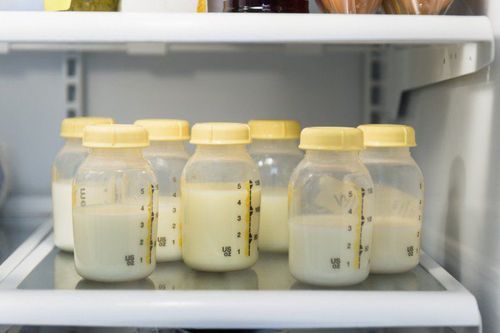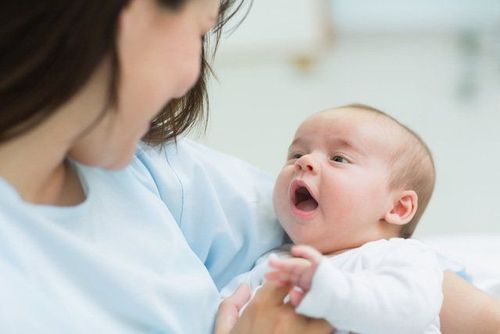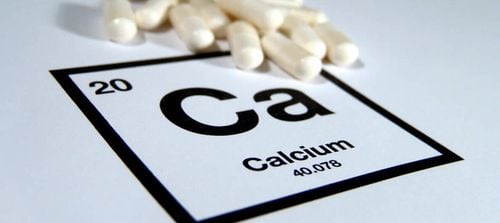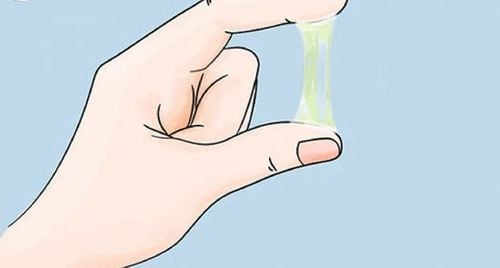If a 5-year-old frequently experiences leg pain or discomfort, particularly at night, it could be a sign of growth pains. This period corresponds to rapid bone development in children, and it's important for parents to ensure that their child receives sufficient calcium, iron, vitamin D, and other essential nutrients to support healthy growth.
1. Causes of Leg Pain in 5-Year-Olds
1.1 Growth Pains and Calcium Deficiency
One of the most common causes of leg pain in children, especially at night, is growth pains. This occurs primarily in children between the ages of 3-6 and 8-12. The pain often appears in the late afternoon or evening, sometimes waking the child in the middle of the night, but typically subsides by morning.
Growth pain is essentially muscle discomfort resulting from a child’s active daily routine, which causes the muscles to stretch and strain, leading to soreness. Several activities can be in charge including running, jumping, playing, and climbing. The pain typically affects both legs, particularly the front of the thighs, calves, or behind the knees.
The intensity of growth pain can vary between children. Some may experience significant discomfort, while others may have mild symptoms. Around 10-35% of children will experience growth pain at least once in their lives. The duration of these pains can range from a few months to several years.
The primary reason for night-time leg pain is that bones grow most rapidly during this time, while muscles may struggle to keep pace, causing tension and discomfort. Additionally, if essential nutrients like calcium and iron are not sufficiently provided, the pain may become more pronounced. In these cases, supplementing calcium with milk, supplements, and calcium-rich foods can help alleviate the symptoms.
1.2 Other health conditions
If a child experiences limb pain caused by growing pains, it usually affects both legs and disappears by morning. However, if the pain occurs in only one leg, persists through the morning, or is accompanied by other symptoms, it may indicate other underlying medical conditions, such as:
- Pain from excessive physical activity or injury.
- Acute pain, especially if accompanied by bruising, bleeding gums, prolonged fever, nosebleeds, and swollen joints, which could be an early sign of leukemia.
- Leg pain combined with drooping eyelids could indicate myasthenia gravis.
- Pain in the legs, lower back, pelvis, or tailbone, particularly when sitting for long periods, could point to sacroiliitis.
If the cause of the pain cannot be clearly identified, parents should seek medical advice to ensure an accurate diagnosis and prompt treatment.
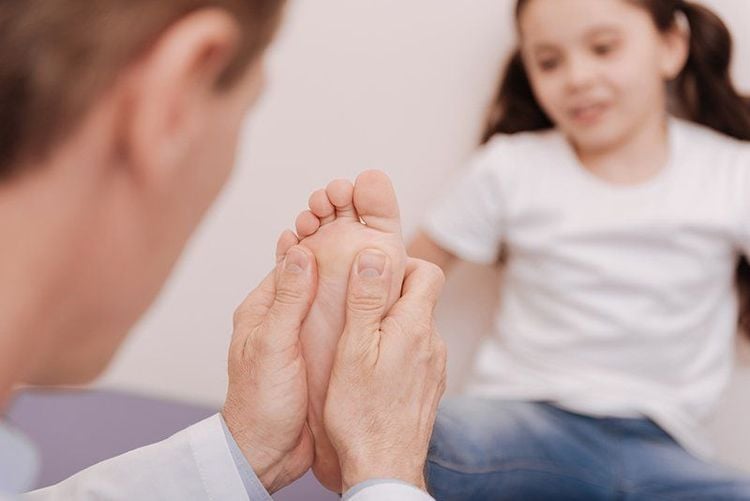
2. What should parents do if their child experiences frequent leg pain?
If a 5-year-old is frequently experiencing leg pain, parents can try the following strategies to help ease their discomfort:
- Limit intense physical activities during the day: When a child shows signs of growth pains, it is advisable to reduce high-impact activities such as running or playing football to prevent muscle strain, especially in the evening.
- Help the child relax during pain episodes: If the child is unable to sleep due to leg pain, parents can stay by their side, gently massage their legs, or apply a warm compress to help relieve discomfort. Engaging the child in a conversation or a quiet game can also help distract them from the pain. Besides, telling a calming story can help the child feel more at ease and fall asleep.
- Ensure a balanced diet for the child: During the period when a child is experiencing growth pains, it is essential to ensure that the child’s diet is rich in nutrients such as protein, vitamin D, vitamin C, and calcium. Parents should avoid self-prescribing calcium supplements or pain relievers without consulting a doctor. These nutrients can be gained through natural food sources like vegetables, fruits, milk, and nuts.
If the pain persists or worsens, parents may consider discussing with a doctor the use of over-the-counter pain relievers like ibuprofen or acetaminophen in the appropriate dosage. However, it is crucial to avoid giving aspirin due to the risk of Reye’s syndrome and other complications.
If the pain does not subside with these measures or if the child develops additional symptoms like limping or fever, it is important to seek medical attention, because symptoms may suggest that the child is facing a health issue unrelated to growth pains, and early intervention can prevent further complications.
Please dial HOTLINE for more information or register for an appointment HERE. Download MyVinmec app to make appointments faster and to manage your bookings easily.
To arrange an appointment, please call HOTLINE or make your reservation directly HERE. You may also download the MyVinmec app to schedule appointments faster and manage your reservations more conveniently.
